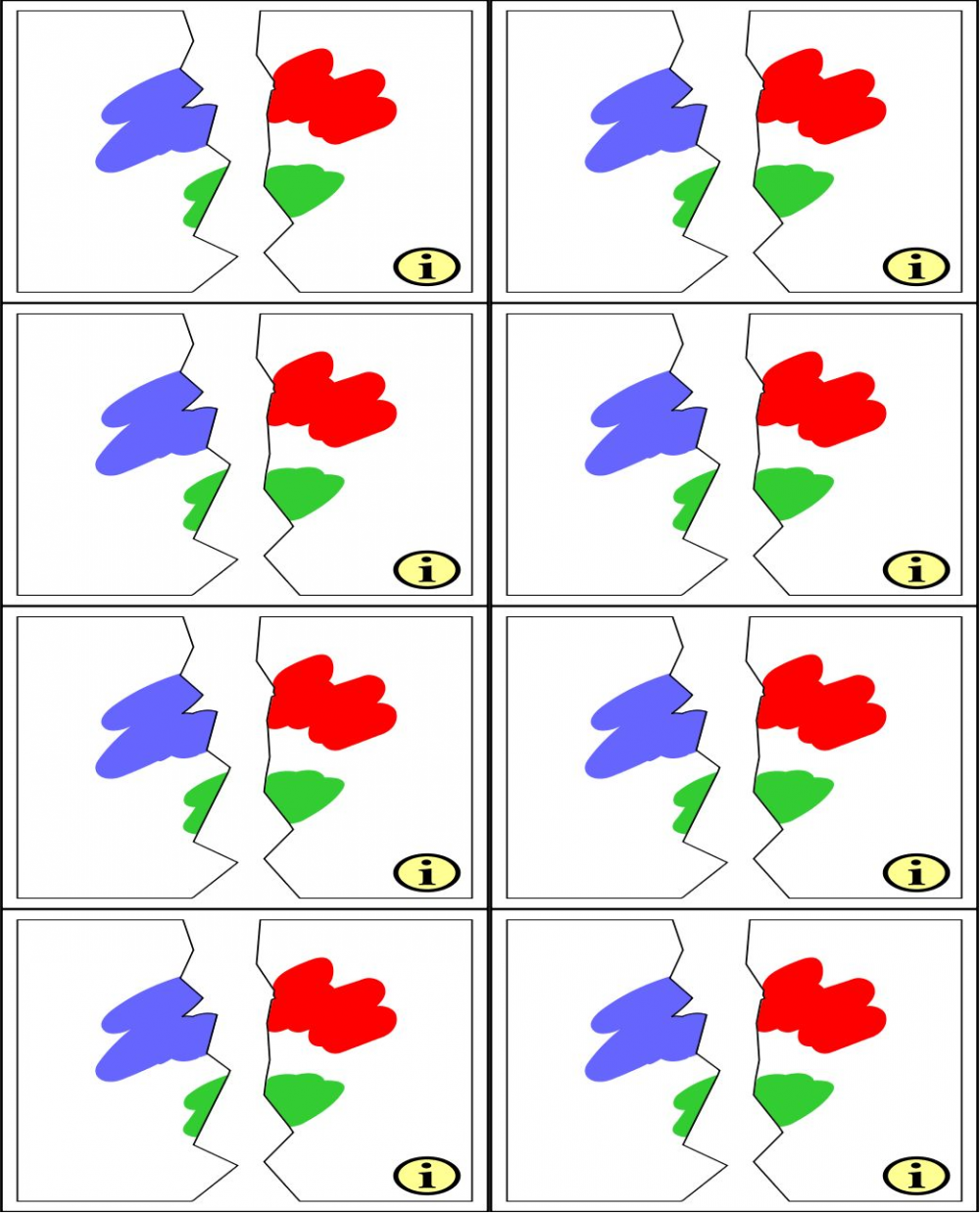低延时场景不要用 Webflux
Webflux 号称性能强悍,实际项目里却发现性能不升反降。经验上,当后端服务的响应时间小于10ms,则异步非阻塞提升不明显,甚至效果变差。本文会将对此做验证。
(注:性能相关的结论只能作为经验结论,实际程序的表现还是需要实际 profile)
实验设置
数据流如下:通过 jmeter 发送 POST 请求到 TestService,转发流量到后端服务。

这里发送的请求是 POST 请求,发送内容是约为 800B 的 Json 来保证一定程度上的计算量,目的是为了模拟真实的使用场景。事实上如果只是转发 GET 而没有任何计算,则 webflux 完胜 blocking 的方式。
实验结果
结论:在 Backend 低延时(<10ms)的情况下,Webflux 的的彼时和吞吐都普遍不如 blocking 的方式。

上图中,左图代表延时,右图代表吞吐,横坐标是后端 sleep 的毫秒数。横坐标是 log 坐标,用以保证 <10ms 的密集区可以较好地展示。延时只关心 99 分位和 999 分位(图中同颜色的线,下方代表 99 分位,上方代表 999 分位),不用关心绝对值,只需要关注蓝线和红线的相对位置。解读如下:
- 左边 4 图中,当后端 sleep < 10ms 时,99 分位的蓝线都要低于红线,代表同步延时要低于 webflux
- sleep < 10ms 时,999 分位的蓝线普遍低于红线,但也有例外
- 右边 4 图的吞吐,在 sleep < 10ms 时蓝线均低于红线。代表同步的吞吐更高
- 灰线代表的直接发送的方式不同情况下延时和吞吐都有波动,目前还没想明白原因
- 当压力和后端延时增加时,webflux 的优势也慢慢体现
详细实验结果参见: Webflux vs Sync 。
测试代码
Backend 代码:
@PostMapping("/post/{ms}/{numItems}")
public Mono<Map<String, Object>> postAsync(@PathVariable long ms, @PathVariable int numItems, @RequestBody Map<String, Object> request) {
Map<String, Object> response = new HashMap<>();
// consume request
long requestLength = request.entrySet().stream()
.map(Object::toString)
.mapToInt(String::length)
.sum();
response.put("total", requestLength);
// insert random items
for (int i=0; i<numItems; i++) {
response.put("random_" + i, UUID.randomUUID().toString());
}
// sleep
if (ms > 0) {
return Mono.delay(Duration.ofMillis(ms)).map(it -> response);
} else {
return Mono.just(response);
}
}
同步代码如下,注意 http client 的最大连接数设置为 300,tomcat 线程数默认为 200。
@PostMapping("/post/{ms}/{numItems}")
public String post(@PathVariable long ms, @PathVariable int numItems, @RequestBody Map<String, Object> request) throws IOException {
String url = String.format("http://%s/post/%d/%d", baseUrl, ms, numItems);
StringEntity entity = new StringEntity(objectMapper.writeValueAsString(request), ContentType.APPLICATION_JSON);
HttpPost httpPost = new HttpPost(url);
httpPost.setEntity(entity);
HttpEntity responseEntity = httpClient.execute(httpPost).getEntity();
return EntityUtils.toString(responseEntity);
}
Webflux 异步发送代码如下:
@PostMapping("/post/{ms}/{numItems}")
public Mono<String> post(@PathVariable long ms, @PathVariable int numItems, @RequestBody Map<String, Object> request) {
String url = String.format("http://%s/post/%d/%d", baseUrl, ms, numItems);
return webClient.post()
.uri(url)
.body(BodyInserters.fromValue(request))
.retrieve()
.bodyToMono(String.class);
}
发送的 Json 为:
{
"random1": 1, "random2": 2, "random3": 3, "random4": 4, "random5": 5,
"random6": 6, "random7": 7, "random8": 8, "random9": 9, "random10": 10,
"random11": 11, "random12": 12, "random13": 13, "random14": 14, "random15": 15,
"random16": 16, "random17": 17, "random18": 18, "random19": 19, "random20": 20,
"random21": 21, "random22": 22, "random23": 23, "random24": 24, "random25": 25,
"random26": 26, "random27": 27, "random28": 28, "random29": 29, "random30": 30,
"random31": 31, "random32": 32, "random33": 33, "random34": 34, "random35": 35,
"random36": 36, "random37": 37, "random38": 38, "random39": 39, "random40": 40,
"random41": 41, "random42": 42, "random43": 43, "random44": 44, "random45": 45,
"random46": 46, "random47": 47, "random48": 48, "random49": 49, "random50": 50,
"random51": 51, "random52": 52
}
详细实验设置
- 分别对 sleep 1-10, 20, 30, 40, 50ms 的 Backend 进行压测,numItems 均为 1
- 压测使用 Jmeter(尝试过 wrk,结果不准确)
- 分别用 50, 100, 200, 300 线程发送请求
- 每次实验压测 1 分钟。
- JVM 参数中
Xmx和Xms均设置为 4G - Jmeter 到 TestService 使用长连接,TestService 到 Backend 使用库的默认选项(应该都是短连接)。
小结
要再次强调的是:实验不代表真实使用场景。本实验也只是尝试模拟博主自己的使用场景,而且是事后验证,先是生产遇到不升反降,再反过来验证。
结论:在 IO 延时小的情况下,webflux 的性能不如同步阻塞的方法
从原理来说,webflux 所代表的异步非阻塞的主要作用是使用少量的线程资源处理大量的 IO ,也就是 提高吞吐 ,但是提交任务和 worker thread 抢占任务执行等等都有开销,而这部分开销和同步阻塞的线程创建和切换的开销相比,究竟谁优谁劣,就需要在程序中实际验证了。
不过从技术选型的角度,文章得出的结论是,webflux 不适用于低延时的场景。
参考
Webflux 文档中关于性能的描述:
Performance has many characteristics and meanings. Reactive and non-blocking generally do not make applications run faster. They can, in some cases, (for example, if using the WebClient to execute remote calls in parallel). On the whole, it requires more work to do things the non-blocking way and that can increase slightly the required processing time.
https://docs.spring.io/spring/docs/current/spring-framework-reference/web-reactive.html#webflux-performance
- Spring Boot performance battle: blocking vs non-blocking vs reactive 对后端高延时的情况进行测试,结论是 webflux 均好于其它情况
- SpringBoot 2 performance — servlet stack vs WebFlux reactive stack Webflux 不几乎不损失性能下能极大提高吞吐
- 本文标签: src 短连接 UI value Service spring HashMap js JMeter client 长连接 remote map json 文章 springboot https 时间 example IO tab rand cat DOM http Spring Boot tomcat 代码 同步 mapper 测试 stream 压力 HTML entity id servlet 数据 参数 ORM web JVM 线程 App
- 版权声明: 本文为互联网转载文章,出处已在文章中说明(部分除外)。如果侵权,请联系本站长删除,谢谢。
- 本文海报: 生成海报一 生成海报二











![[HBLOG]公众号](https://www.liuhaihua.cn/img/qrcode_gzh.jpg)

